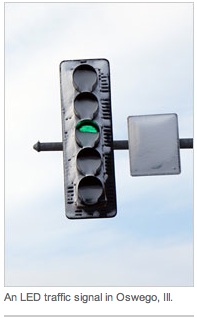Mercury and Air Toxics Standards, the first national standards to regulate power plant emissions of mercury and toxic air pollution like arsenic, acid gas, nickel, selenium, and cyanide. Early reviews (for example, here and here) suggest that EPA, in its typical bureaucratic, centralized control fashion, has ignored the costs of the new regulations as well as advances in technology. Other pundits suggest that these regs are part of Obama’s pre-election promise and plan that electricity rates “would necessarily skyrocket” (YouTube video).
Are there patents pertaining to the control of atmospheric emissions of the targeted pollutants from coal-fired power plants? Has the nation’s utility industry done nothing about emissions of these compounds?
Yes and no.
A Google Patents search returned 144 patents issued between January 1991 and December 2011 (generally, those patents still enforceable) pertaining to reducing or mitigating emissions of the aforementioned compounds.
Patent number 7,758,827, “Reducing mercury emissions from the burning of coal” was issued on July 20, 2010 to Douglas Comrie of Stow, OH and assigned to NOx II, Ltd. (Port Clinton, OH).
Of passing interest, Comrie received his patent on the 41st anniversary of Neil Armstrong’s and Buzz Aldrin’s little stroll the moon, and Mike Collins’ time as the most isolated human in the universe; Comrie’s city of Stow is about 172 miles from Armstrong’s birthplace of Wapakoneta, OH, 0.07 percent of the distance Armstrong, Aldrin, and Collins travelled to the moon.
Comrie’s invention is classified in the USPC system as 423/210. This places the mercury reduction patent within inorganic chemistry technologies, and specifically those that modify or remove components of a normally gaseous mixture. The invention adds sorbents containing calcium, alumina, silica, and halogen to the coal before combustion and/or are added into the flame or downstream of the flame. When used together, the components reduce emissions of mercury and sulfur (an acid-gas forming compound), reduce emissions of elemental and oxidized mercury, increase the efficiency of the coal burning process through de-slagging of boiler tubes, increase the level of mercury, arsenic, lead, and/or chlorine in the coal ash, decrease the levels of leachable heavy metals (such as mercury) in the ash, and make an ash product that is very non-susceptible to leaching.
This patent should be very attractive to the EPA bureaucrats.
Another patent, 7,276,217, “Reduction of coal-fired combustion emissions”, was issued to Jerrold Radway and Thomas Miller; Thomas M. ( both of El Cajon, CA) and assigned to Premier Chemicals, LLC of Conshohocken, PA. The grant date was October 2, 2007; this patent is also classified as 423/210.
This invention is for a process for mitigating fouling deposits within the coal combustion zone, capturing toxic metal emissions, and reducing visible sulfur emissions attributable to sulfuric acid mist during coal combustion.
Yet another patent that should be pleasing to Lisa Jackson and her staff.
The point is that the free market (which isn’t really, and even less so of late, but I digress) and the innovation community will and do develop solutions to problems. The two patents highlighted here represent a small portion of the energy (or is it industry? or perhaps air pollution control?) clean technology patent ecosystem. These inventions are captured by patentECO.
A shame the US EPA doesn’t.







